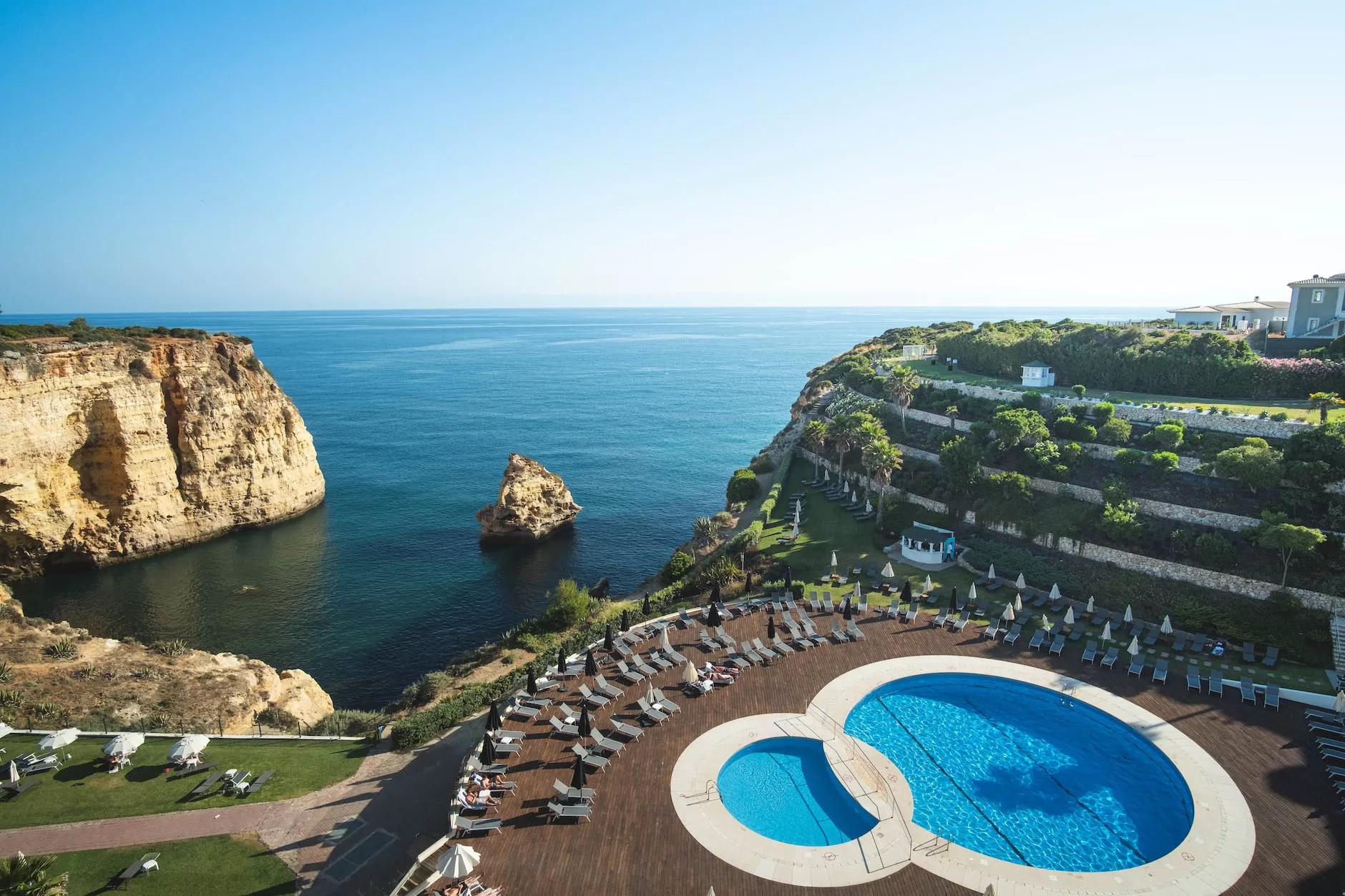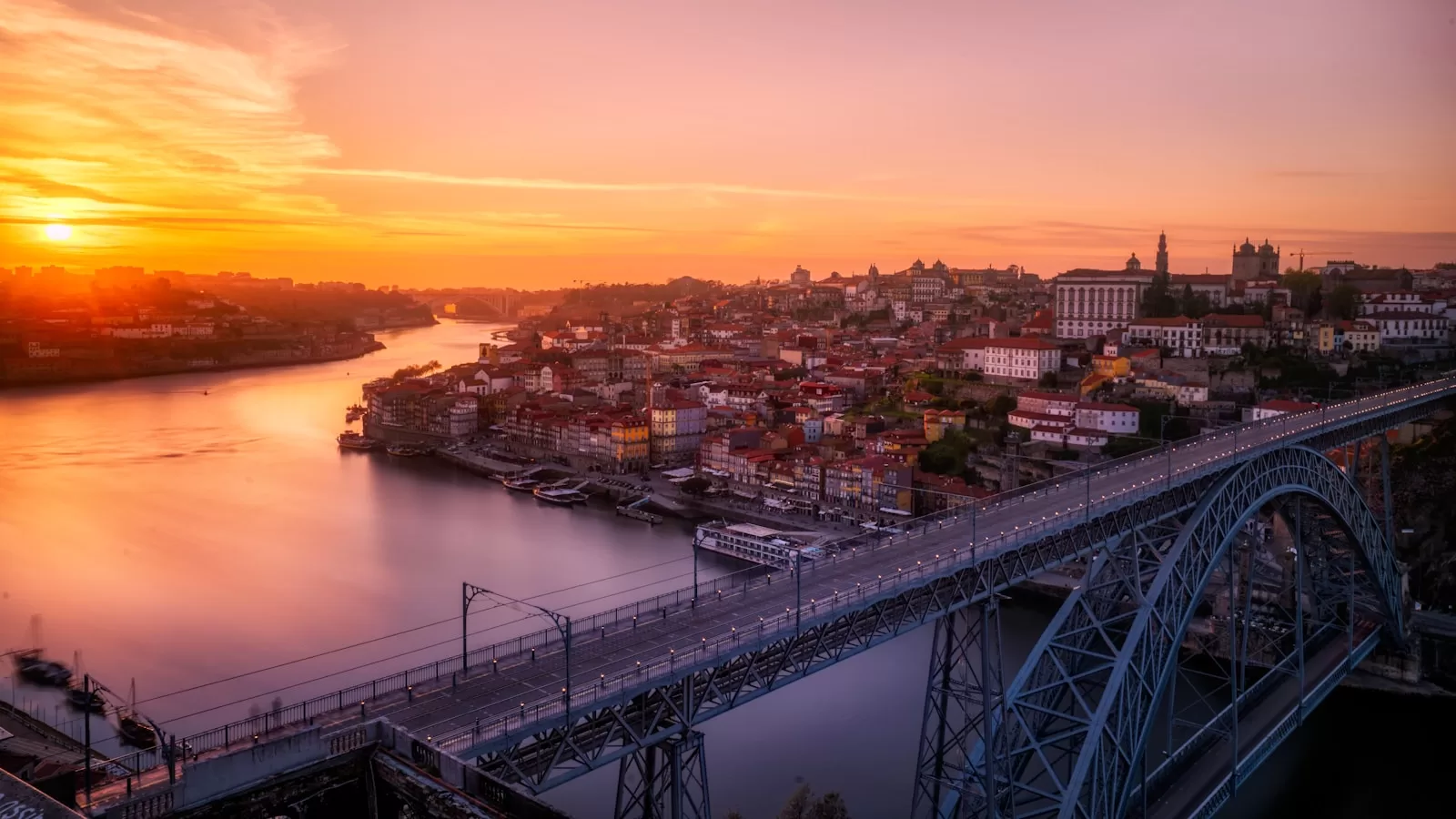Are you wondering how to find your passions? Did you lose your love as a child and want to ignite your passions as an adult? I was reminded of my love of travel as a child. I loved the adventures then and remembered how exciting these journeys could be.
Achieving your dreams is the best thing to happen to you because success makes you feel fulfilled and happier. You may even be more prosperous when you live the life of your dreams.
However, chasing your dreams is a big struggle. It will require high determination, focus, and perseverance levels.

The journey is challenging, and many people give up because they cannot stand the difficulties.
If the journey had been easy, everyone could have achieved their dreams. The fact that only some people achieve their goals proves that dream-chasing is difficult.
Sacrifices Must be Made
The journey to reach our dreams requires us to make many sacrifices. The reason is that when we make specific sacrifices, they help us move toward our goals. Take the fact that I spent time learning Portuguese. It might not be the goal of many, but I need to know it to reach my overall end goals. I have made some sacrifices so I can live my dream of a life as a digital nomad.
However, we often sacrifice sleep, entertainment, and regular outings to have ample time to work toward our goals.
Many individuals find it challenging to make such sacrifices. However, sacrifices are not an option if you want to achieve your dreams. You will find that your passion does not require too much sacrifice.
Mistakes will be made
After putting the energy into chasing your dreams, you will realize you have made many mistakes. You might even ask yourself why I didn’t do this sooner.
To reach your dreams, you must accept and correct your mistakes. This may mean starting your journey with a fresh slate.
Most people fail to admit their mistakes and give up trying to reach their dreams. They realize they must start again and eventually believe they were not meant to achieve their objectives.
These mistakes can destroy our passion, but we shouldn’t give up.
You Will Have to Work And Wait
Following your passions require you to work extremely hard for an extended period before they come true. Sometimes, you can work for two years without seeing any progress.
Ted Talks are a great source of inspiration when you must wait. Learning from these talks is a bit of work as you research, but it can also be fun.
This experience is challenging for many people because most expect to see progress immediately after working toward their dreams.
Knowledge takes time to acquire
If you are a dream chaser, it is essential to be patient. I want the instant gratification of being an expert on subjects, but I will never get there if I do not give myself enough time.
For this reason, you have had to re-strategize projects until you find a system that streamlines their progress.
I refine my process to find the best strategy to drive massive traffic to my blog, and I will only give up once I find a system that works for me.
It isn’t very reassuring to work on a strategy for a long time only to find out it doesn’t work. However, feel free to re-strategize because it’s part of the process. Keep testing various strategies, as what does not work specifically for me can work perfectly for you.
You Will Have To Take Risks
However, as a dream chaser, you must take some risks as you follow your passion. You are worth investing your money, time, and energy in your pursuit even though you are still trying to achieve these goals.
Risks will increase your creativity. If you make a mistake, it presents an opportunity to learn and develop a new strategy to overcome the obstacle. Therefore, when you are learning, it isn’t a mistake but a way to enable yourself to overcome the fear of failure.
You Will Be Discouraged
People will give you all the reasons why you will fail. They may even show specific evidence of people failing to achieve their dreams. Use the evidence they present as material evidence to learn from others’ failures and succeed. The mistakes made by others can help you succeed.
Demoralization might demotivate you and cause you to feel like giving up. For this reason, you will have to encourage yourself constantly to avoid getting crushed.
Work Hard to Find your Passion

Perseverance is what separates those who will see success. People who reach their goals make continued steps toward their goals each day. 50 Cent once revealed that he always worked so hard that he forgot to sleep. Besides 50 Cent, Elon Musk also said that while starting his first company, he worked seven days a week, and his girlfriend had to sleep in the office to be with him.
Therefore, dreams require hard work, and most people find chasing their dreams difficult when they realize the amount of hard work their goals will need. It is clear that dream chasing is not easy; for this reason, many people give up.
Only resilient and mentally formidable dwellers achieve their dreams despite their difficulties on the journey. These people fear nothing and are always ready to overcome challenges. It will help if you work similarly to achieve your dreams.
Subscribe
Are you an avid traveler seeking inspiration for your next adventure? Look no further than the Atypical Vagabonds newsletter. By subscribing to our newsletter, you gain access to a treasure trove of travel tips, destination guides, and captivating stories from around the globe. Our knowledge in exploring off-the-beaten-path destinations. We offer a refreshing perspective on travel, encouraging you to embrace the unconventional and discover unique experiences. Join the community today and let our wanderlust-inducing content inspire you. Therefore, you can embark on extraordinary journeys. Subscribe to receive their latest updates directly in your inbox and never miss a travel adventure again.
Donations
Love what you’re seeing on Atypical Vagabond? Help us keep the adventures coming! Consider donating through PayPal’s secure payment system. Every contribution goes a long way in fueling our mission to bring you more thrilling content and unforgettable experiences. Join us in shaping the future of travel—donate today!










You must be logged in to post a comment.